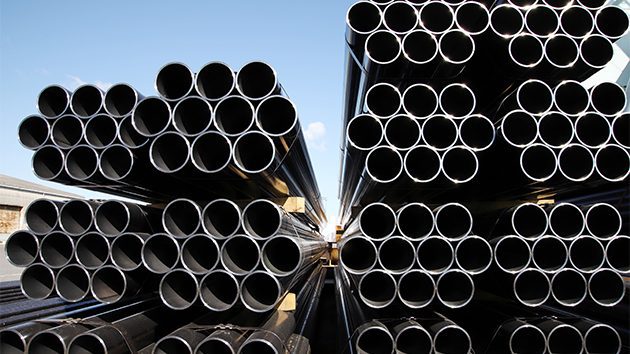The American economy is like a set of dominoes. When one industry’s financial outlook changes, it can have a far-reaching effect on other sectors. Metaphorically, the dominoes begin to fall. This event is what caused concern among automakers and dealers when President Trump announced a proposed 25 percent tariff on steel and a 10 percent tariff on aluminum. Many industries depend on these two items, and cars are one of the most prominent good impacted by this proposal. The American International Automobile Dealers Association (AIADA), an association that represents America’s international nameplate automobile franchises, expressed concern over how this turn would impact the automobile industry. AIADA President and CEO, Cody Lusk, had this to say about the potential impact of these tariffs: “These proposed tariffs on steel and aluminum imports couldn’t come at a worse time. Auto sales have flattened in recent months, and manufacturers are not prepared to absorb a sharp increase in the cost to build cars and trucks in America. The burden of these tariffs, as always, will be passed on to the American consumer. Car shoppers looking for a deal will instead find that they are paying a new tax to transport themselves and their families.”
What is the impact of these tariffs on the American auto industry? Where else can the dominoes fall if this policy falls into place? Here are three ways President Trump’s tariff policy could impact manufacturers, dealers, and consumers.
Increased Car Prices for Consumers
As Lusk stated earlier, the burden of the tariff will be passed on to the manufacturer, dealer, and ultimately to the car buyer. These tariffs will likely raise prices on automobiles. For an industry that is already experiencing a plateau in auto sales, this could be problematic. In addition to this, dealers may have to decrease the number of incentives and discounts they can offer to consumers to make up for last year’s decrease in sales. Higher prices and minimal discounts could turn consumers away from purchasing new cars in the next few years. Also, AIADA noted that increased prices could even come in the form of likely retaliatory tariffs places on American goods and exports. As of January 2018, the average price for a new vehicle is $36,270. Are Americans willing to spend the money to purchase a car that may be closer to $40,000 after tariffs?
Dealership and Manufacturer Job Loss

Automobile experts are afraid of the impact of these tariffs because they have seen this story play out before. President Bush imposed steel tariffs in 2002, and analysts found that the move cost 200,000 jobs in the metal manufacturing, machinery, and transportation sectors. The cost of steel during this time jumped from $210 per ton to $350. However, Bush only imposed the tax on steel and exempted quite a few developing countries. This means the impact of these newly proposed tariffs could be more severe as aluminum is included, and there is currently not any discussion concerning countries who may be exempted
A Decrease in Smaller Family-Owned Dealerships Everyone knows that once a dealer purchases vehicles from manufacturers, it belongs to them indefinitely. While every dealer relies on loans to purchase vehicles they need, the burden can be even more substantial for smaller independent dealers. Larger auto groups may have the resources to last longer in a shrinking automobile market, while more modest independent dealers may have less influence and money to work with. A steel and automotive tariff on this group would be detrimental. Larger dealerships can potentially offer more incentives to move cars off the lot, while independent dealerships would threaten their livelihood to do so. The impact could cause more independent dealers to sell their businesses to larger auto groups or close altogether.
It is hard to predict the future, but the past can give some insight into it. Tariffs that impact multiple industries have happened before with various effects. However, the stakes are a bit higher with an industry that is seeing gradual decreases in auto sales and corresponding dealer incentives. Automakers and dealerships are used to adjusting their approach to keep in line with an ever-changing economy. Only time will tell if these tariffs take effect as well as the corresponding impact they will have on the automotive industry.








